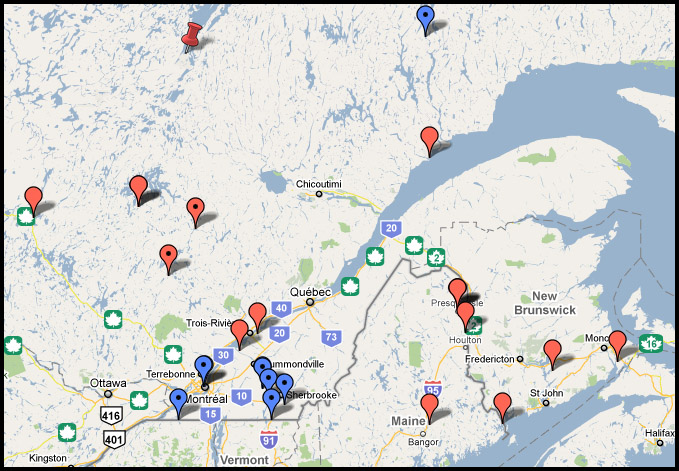La W-League est la deuxième ligue de soccer féminine en Amérique du Nord. Cette année, je serai le photographe officiel du club de Québec, l’Amiral SC, pour quelque partie. Voici quelques photos de leur premier match locaux perdu 1-0 contre les Comètes de Laval.
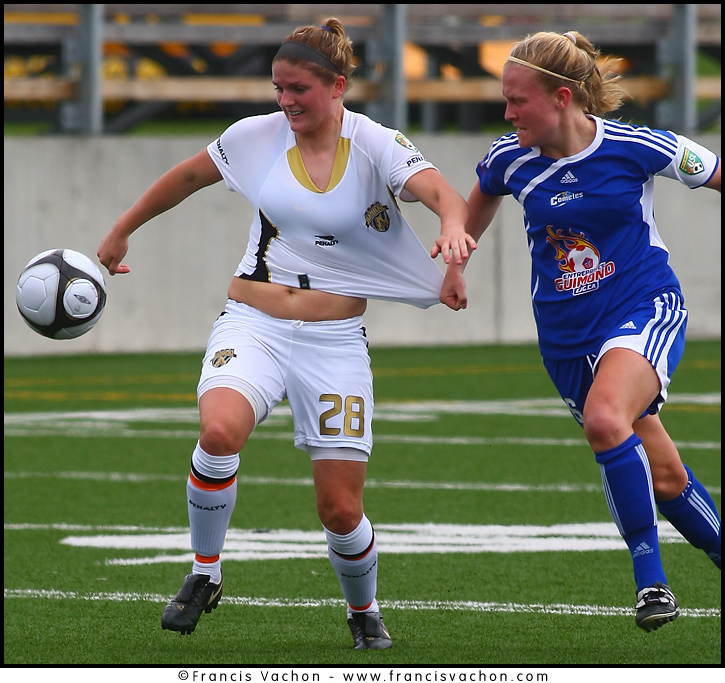
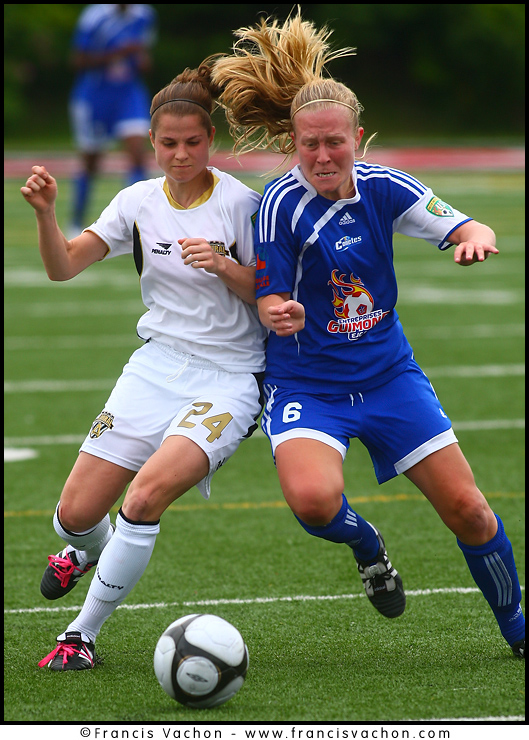
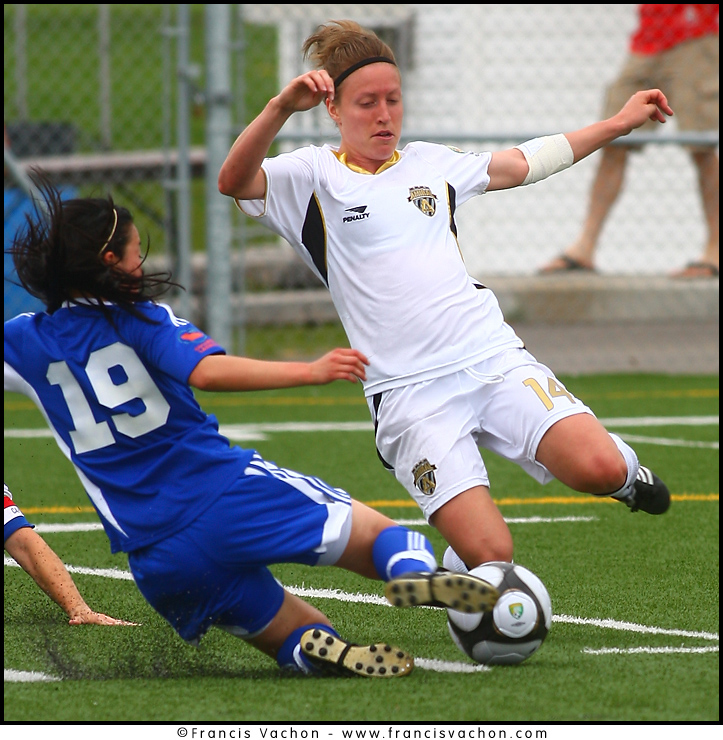
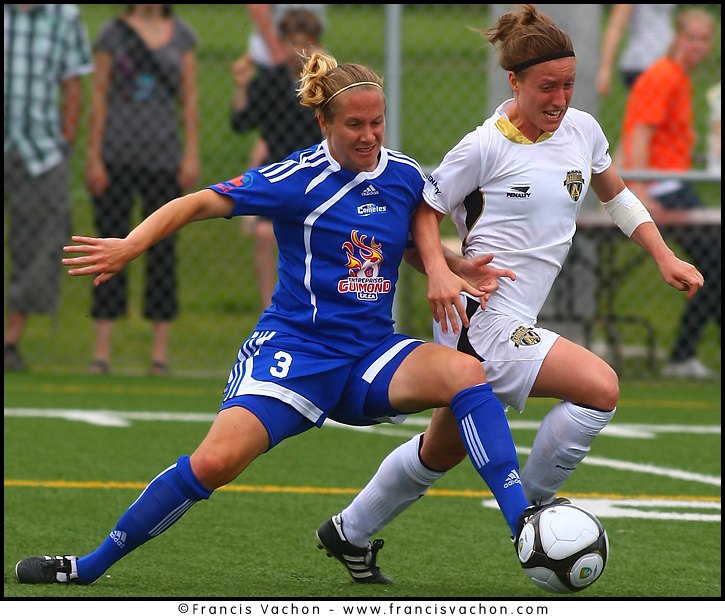
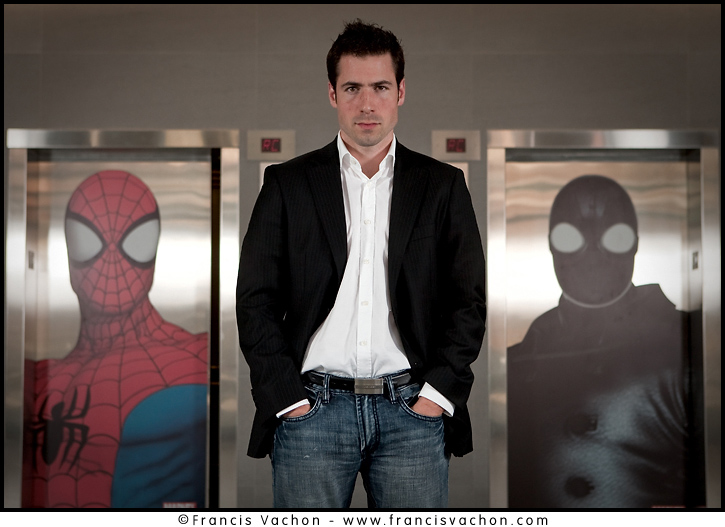
Beenox CEO Dominique Brown poses at the company headquarter in Quebec City May 26, 2010.
Stock photo is a question of numbers. And it’s a long term game. After a while playing it, you can determine you return on investment (ROI) by dividing your total stock photo number by your annual stock revenue to get an average sale per image per year.
As an example, let’s say you have 2000 images and made 4000$ in sale over the year. 4000/2000 gives you an average sale per image per year of 2$. If you submit 1000 new images the next year, you can hope to make an additional 2000$ that would be added to the 4000$ from the 2000 images that you already had for a total of 6000$.
Your ROI will hopefully raise over the years, but should not fluctuate too much. After a couple of year of monitoring your yearly ROI to make sure it is stable, you can start to plan your trips or your shooting.
If you go on a five days travel that would cost you 700$ on hotel, meal and gas, how many usable images do you need to bring back to break even after a year? Let’s use again the 2$ of our previous example. 350 image would fetch you 700$. 350 images over 5 days would require you to photograph 70 usable images per day. Would you be able to do it? If not, would you mind to wait more that a year before breaking even?
What about makeup artist and model fee if you plan to shot lifestyle stock photo? What would be the cost, and how many images can you produce out of it?
This is a long (but hopefully informative) introduction to say that I recently went to Toronto. I explained in a previous post that I went on a five days photo spree before a 3 days photojournalist conference. I calculated the extra expenses of those five day and it made sense to do it. According to my ROI calculated from my 3 years doing stock photo and the number of image I submitted to agencies, it should take me a year to break even. Everything after that would be a net profit.
Yesterday, I received my Canadian Press sale report and, with my images being there for only half of the month, 4 images sold. Actually 3, but one sold twice. Let’s see where I am in year!
I am a photographer. That you should know. I like to call myself a photojournalist. But more precisely, I am a freelance photojournalist. That does not mean I am working for free. That means I am not an employee. I am my own boss. I am my own company and the product I am selling is me.
A link I found on Twitter today made me think about what I am, why I love what I do so much and to recall how I made the switch from a bored employee in the IT business to a full time freelancer: There’s More to Freelancing Than Working from Home
For other freelancers, part of the adventure is working in your home office one day and in a coffee shop the next. Or, working while traveling the world. Our lives are like a create-your-own-adventure book
This quote sums up very well the mindset I am now.
That did not happened overnight though.
Not having a fixed income every month, for example, is part of the risk. The risk may scare us, but it doesn’t stop us. It’s also part of the adventure.
From that second quote is linked a second article, The Fear of Freelancing: Why You Could Be Hurting Yourself. That fear is something I had to overcome before I could leave my job. It gave me so much anxiety that I almost went into depression – having to take weeks of sick days from my job – before I could finally make the jump and take the leap of faith, quitting my day jobs just weeks before my girlfriend gave birth to my son Edward.
I never looked back. And so should you.
At the end of April, I attended the Photojournalism 2010 conference in Toronto. I decided to arrive 5 days earlier to shoot stock photos, as you probably noticed with the last few day posts.
Since I was paying hotel and restaurant, my time was precious. I could have paid the ferry to the islands and spend an evening getting the perfect sunset shot of Toronto skyline and the CN tower, the most known landmark of the city. But that would have been time not wisely spent, since it was a bit too obvious photo.
Microstock agencies are already filled with postcard shot of every landmark of the world, sold at a buck each. I can afford to spend to time shooting the Chateau Frontenac here in Quebec City, since it’s my hometown and I drive by often, but the time I would spend getting a good shoot of the CN tower was time I was not spending shooting something else in a city that I don’t visit often (enough). When you are a stock photographer, but not the microstock type, you have to readjust the way you are shooting and what you are shooting.
That said, I DID shoot the CN Tower here and there, but not in the obvious way. Here are three of them.
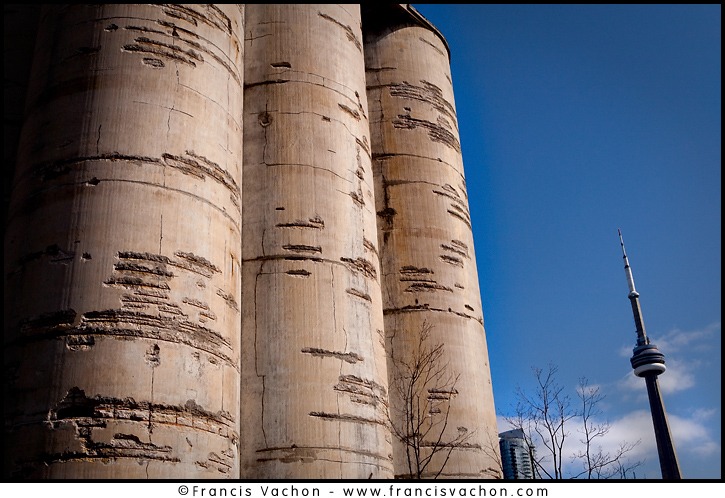
CN tower is seen behind the Canada Malting Co. grain processing tower in Toronto. The tower is part of the earlier industrial era of Toronto heritage, concentrated along the Toronto Harbour and lower Don River mouth
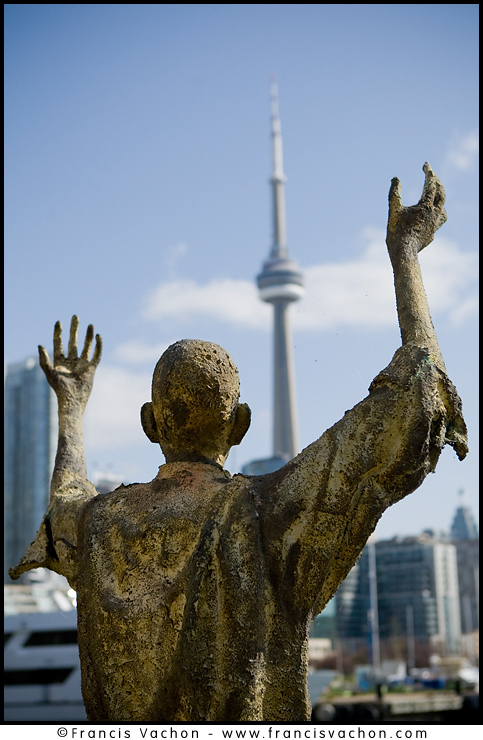
CN Tower is seen behind monument of the Irish Famine Memorial in Toronto.
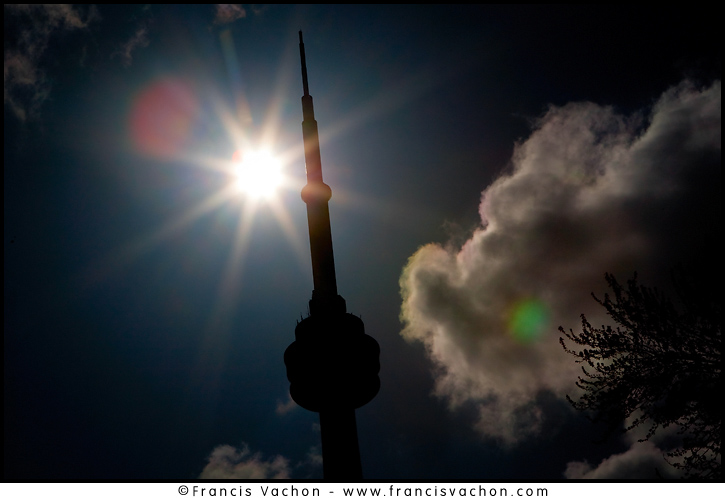
The CN Tower is silhouetted against a bright sun in Toronto. The CN Tower, located in downtown Toronto, Ontario, Canada, is a communications and observation tower standing 553.3 metres (1,815 ft) tall.
Chaque fois que j’entends parler d’un truc que j’aimerais photographier, que ce soit un beau village, une usine, une mine abandonné, un refuge pour animaux, une réserve amérindienne, etc., et qui pourrait bien s’ajouter à ma banque de stock photo, j’utilise la fonction « My map » (mes cartes) de Google Map pour l’ajouter à une carte personnalisée que j’ai créé.
Lorsque je dois me déplacer à l’extérieur de Québec, en assignation ou par plaisir, je n’ai qu’à regarder sur ma carte s’il n’y a pas des trucs à photographier dans le coin. Lorsqu’il y a plusieurs éléments dans la même région, je peux même planifier un voyage juste pour photographier ces éléments.
